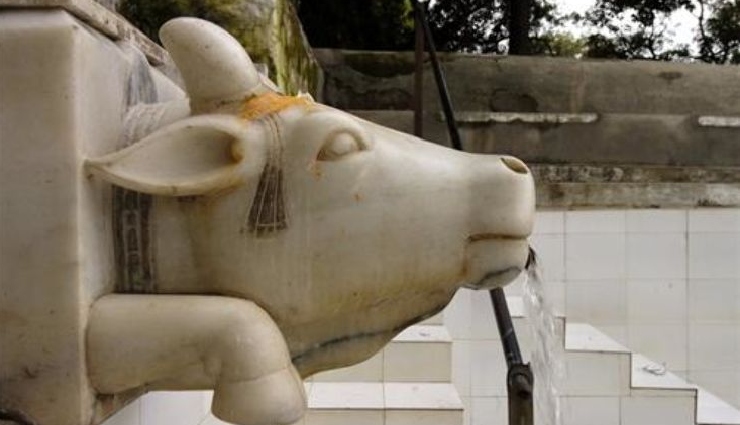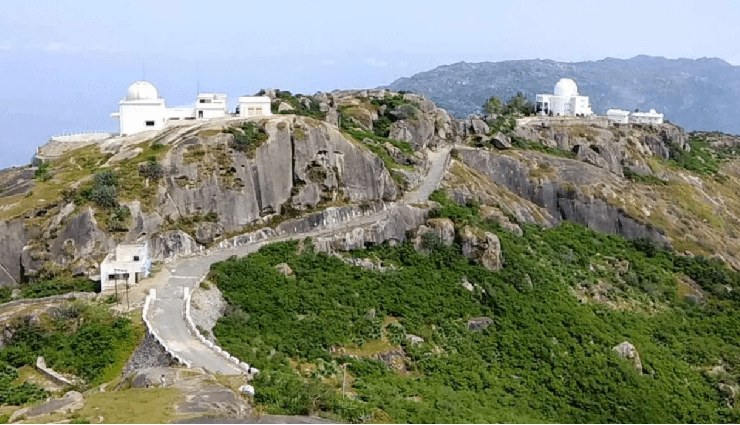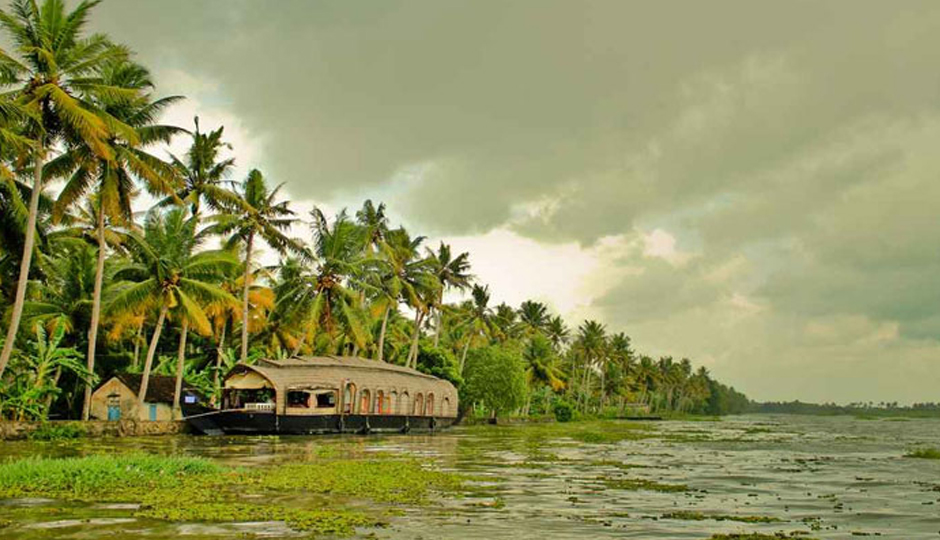10 Hidden Places You Can Visit In Mount Abu
By: Mansi Mon, 02 June 2025 9:59:34

Nestled within the picturesque Aravalli Ranges, Mount Abu stands as Rajasthan’s sole hill station, abundant with both natural splendor and cultural heritage. While iconic spots like Nakki Lake and the Dilwara Temples attract steady streams of visitors, numerous hidden treasures remain tucked away for the adventurous traveler. Concealed in quiet villages, mist-covered hills, and forgotten shrines lie enchanting wonders steeped in ancient folklore and breathtaking vistas waiting to be unveiled.
From charming artist enclaves to cascading waterfalls plunging into dense forest ravines, Mount Abu beckons curious explorers with trails full of delightful surprises. Let’s embark on a journey to discover ten captivating offbeat locations that illuminate the unique charm of this heritage haven far beyond its well-known landmarks.
# Trevor’s Tank – Waters Wrapped in Myth
Picture walking through a lush canopy before suddenly emerging to a tranquil expanse of sapphire water bathed in the soft hues of dawn. Nestled quietly behind the Dilwara hills, the little-known Trevor’s Tank offers such surreal serenity. Created during British rule to control monsoon runoff, these pristine reservoirs are steeped in local legends, especially around a small islet dubbed ‘Ghost Island’ said to harbor mysterious spirits.
Even the most skeptical visitors feel the spellbinding hush of the emerald surroundings. Witness the special aartis at ancient Shiva temple ruins partially submerged in the lake, or catch glimpses of rare birds like egrets and golden waterfowl during migration seasons. For a sacred experience entwined with natural beauty, Trevor’s Tank promises unforgettable discoveries.
# Peace Park – Oasis of Calm
While many places offer crowded parks and noisy boat rides, Mount Abu boasts a few serene refuges preserving an old-world charm for seekers of peace and mindfulness. Just 3 km from Nakki Lake lies Peace Park in Aarohi village, an interfaith sanctuary established in 2000 by a philanthropic Kutchi Bhatia group.
Step through gentle fountains to candlelit meditation grottos guarded by serene Buddha statues, where church bells harmonize with Sanskrit chants beneath flowering canopies. This tranquil garden of granite paths and fluttering butterflies offers a rare chance to unwind and restore inner calm.

# Gaumukh Temple – Spiritual Crossroads
While popular heritage sites dominate the spotlight, Mount Abu quietly shelters lesser-known sacred places resonant with multi-faith lore. The ancient Gaumukh Temple, hidden behind the grand Dilwara Jain complex near Adhar Devi hill, is one such treasure. Enveloped in tribal myths, it is revered by both wandering monks and Hindu sages who honor the eternal water-emitting lingam said to have emerged from deep meditation invoking Lord Shiva’s blessings.
Untouched by commercial bustle, this tranquil forested spring invites meditation as if stepping into a timeless sanctuary where rishis once gathered.
# Arbuda Devi Temple – Sanctuary of the Divine Mother
Unlike typical city temples, Mount Abu’s Arbuda Devi shrine is nestled among forested hills along Gurushikhar Road. This sacred site honors the powerful Mother Goddess believed to nurture the land since ancient times.
Experience the haunting energy during Navaratri evenings, when rhythmic drumbeats and fervent Shakti chants fill the air. For a glimpse of primal feminine power thriving in seclusion, this temple offers a deeply stirring encounter.
-1748863047-lb.jpg)
# Ranakpur Village – Rustic Timelessness
Away from bustling tourist routes, quaint villages like Ranakpur preserve Rajasthan’s rural soul — where traditional craftsmanship, organic cuisine, and artistic heritage flourish in harmony with nature. A scenic 90-minute drive from Sirohi district leads to this cultural capsule, where age-old banyan groves echo softly with koel birdsong, inviting visitors into a pastoral reverie.
# Sunset Point – Twilight’s Majestic Canvas
Imagine escaping city chaos to witness the sun’s final blaze over rugged ridges and dense forests in near solitude. Mount Abu’s Sunset Point near Gurushikhar Road offers just that—a secluded vantage where the Aravalli ranges glow amber and purple in a breathtaking, serene spectacle.
This peaceful spot, largely free from tourist crowds and selfie sticks, invites quiet reflection as the day melts into night’s embrace.
# Manakut Viewpoint – Untouched Panorama
Some of Mount Abu’s most stunning views lie along lesser-known trails, rewarding those who trek beyond popular paths. Manakut Viewpoint, located near Shergaon village, unfolds after a half-hour uphill hike to reveal sweeping 270-degree vistas—from misty forests alive with playful langurs to winding rivers and quaint terraced villages.
For nature lovers seeking pristine landscapes away from the crowds, Manakut offers a captivating reward.

# Achalgarh Fort – Fortress of Forgotten Mystique
While many forts now hide behind busy marketplaces, Achalgarh Fort stands proudly enveloped by thick jungle about 8 km from Mount Abu. This medieval ruin, linked with Paramara royalty and the famed Achaleshwar Mahadev temple, exudes an aura of ancient power and mystery.
As curious langurs watch from overgrown ramparts and arched gateways, visitors can sense the echoes of history blending with nature’s slow reclamation.
# Guru Shikhar Temple – Summit of Sacred Lore
At Rajasthan’s highest peak, beyond the tourist bustle, lies the village shrine of Amba Mata—half-hidden among hills near Guru Shikhar. Legend speaks of the sage Dattatreya manifesting this Devi idol after intense penance to bless the region.
Aside from its spiritual heritage, the site offers mesmerizing views of Mount Abu’s lush landscape shimmering like scattered emeralds beneath the sky—an inspiring spot for seekers of both natural beauty and ancient myth.
# Shankar Math – Devotional Stone Poetry
Beyond the main attractions, Abu Road harbors lesser-known spiritual marvels like the 10th-century Shankar Math built by Paramara ruler Dharavarsha. Set amidst granite walls adorned with intricately carved guardians, the Math’s sanctums honor a pantheon of Hindu deities, crowned by a four-faced Shiva temple seated on a massive tortoise.
This architectural gem eloquently conveys devotion through stone, far from the typical tourist throngs.





